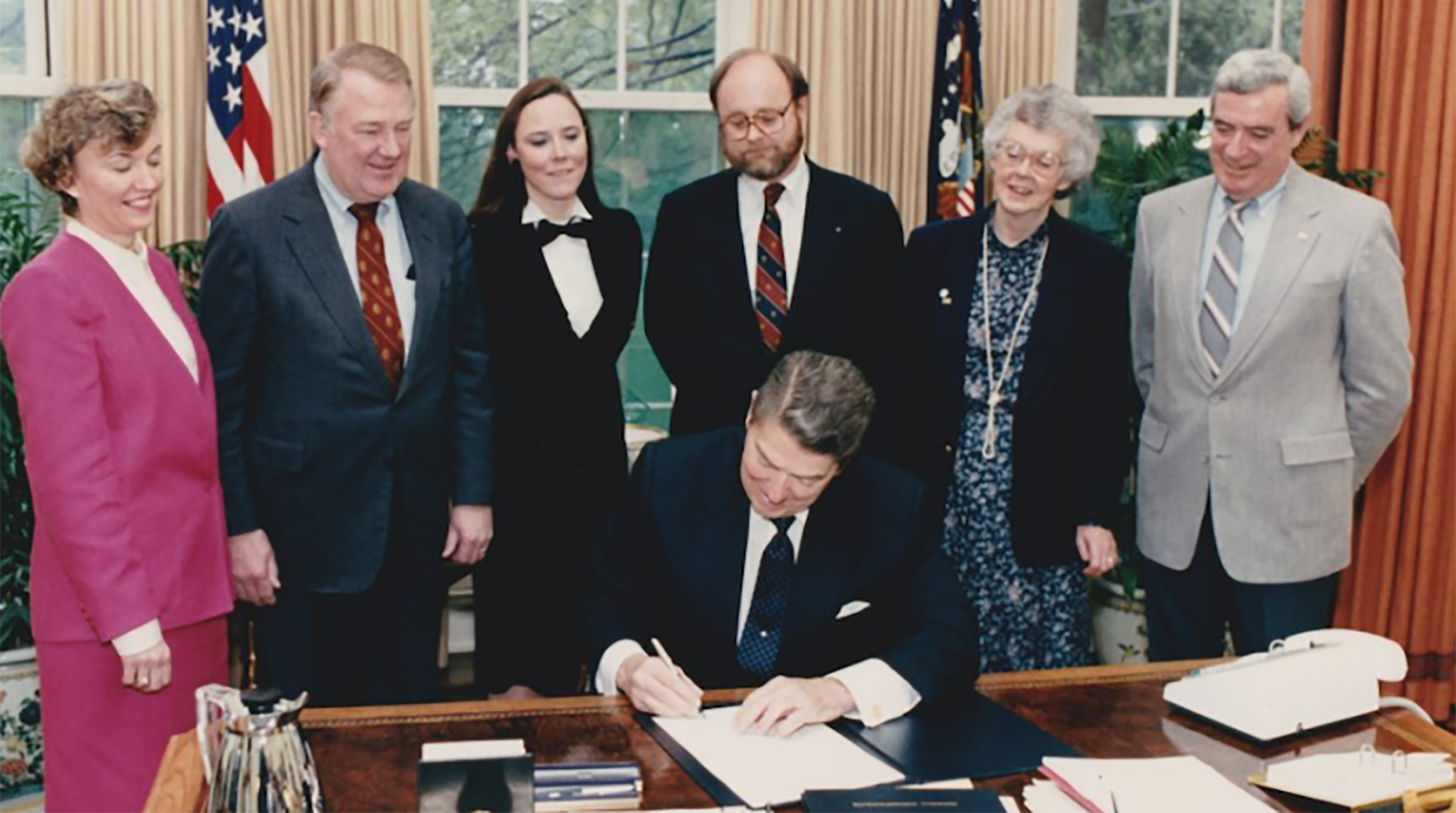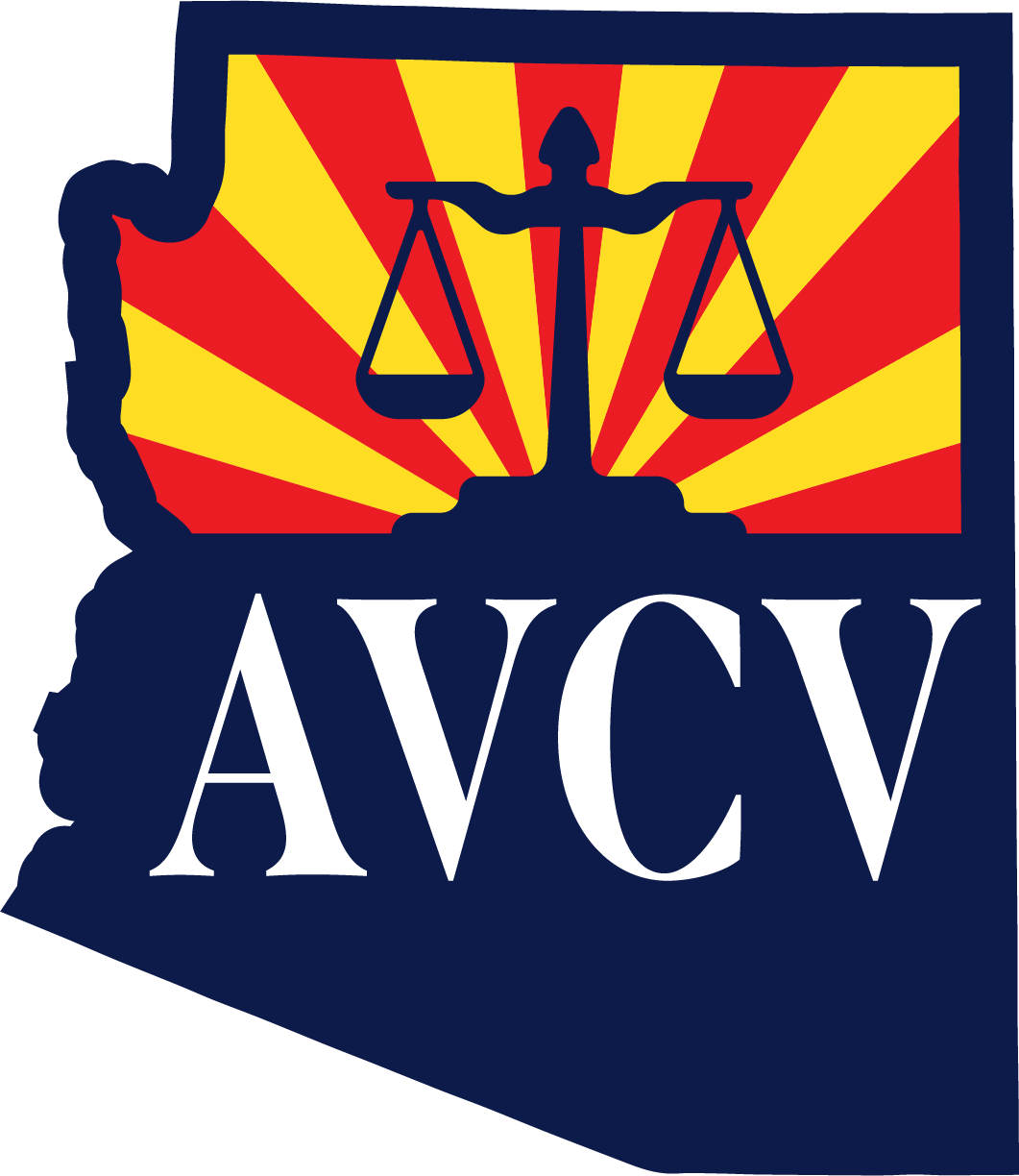
History of the Victims’ Rights Movement
The Victims’ Rights Movement began in the late 1970’s in response to observations that the scales of justice tipped heavily in favor of the accused while victims were treated with disinterest. https://law.lclark.edu/centers/national_crime_victim_law_institute/about_ncvli/history_of_victims_rights/
A study by the Reagan Administration on violent crime alerted U.S. Attorney General Edwin Meese to the poor treatment of victims by the criminal justice system. Attorney General Meese recommended a follow up study to review the treatment of victims and recommendations on how it may be improved. https://www.ncjrs.gov/ovc_archives/ncvrw/2005/pg4d.html#:~:text=The%20Task%20Force%20was%20comprised,already%20leaders%20and%20innovators%20in
On April 23, 1982, President Ronald Reagan made history and “led the nation into a new era in the treatment of victims” when he issued Executive Order 12360 establishing the President’s Task Force on Victims of Crime. The President’s Task Force was charged with: (1) conducting a review of national, state, and local policies and programs affecting victims of crime; (2) working with the Cabinet Council on Legal Policy; and (3) advising President Reagan and the Attorney General with respect to actions which can be undertaken to improve efforts to assist and protect victims of crime. https://www.reaganlibrary.gov/archives/speech/executive-order-12360-presidents-task-force-victims-crime. The President’s Task Force had a multidisciplinary composition that included a practicing attorney, a prosecutor, two directors of nonprofit victim assistance legal organizations, a police chief, a criminal psychologist, an educator, a state Attorney General, a state Supreme Court Assistant, and a clergy member. In carrying out its charge, the Task Force conducted interviews with victims, victim service professionals, and allied professionals alike. Six regional hearings were held across the country and 187 witnesses educated the Task Force members on the harsh reality of secondary victimization caused by the lack of victims’ rights and available victim services. https://www.ojp.gov/pdffiles1/ovc/87299.pdf
The President’s Task Force presented a Final Report to President Reagan on December 20, 1982. Sixty-eight recommendations were made that were instrumental in critical victim service initiatives throughout the 1980’s including a recommendation that laws be passed at both state and federal levels “that protect all citizens and that recognize society's interest in assisting the innocent to recover from victimization.” The Task Force also recommended that Congress enact legislation to provide federal funding to assist in the operation of federal, state, local, and private non-profit victim assistance agencies that make comprehensive assistance available to all victims of crime. Recommendations to professionals in the criminal justice system and allied professions on how to improve treatment of victims in the criminal justice system “were key to the development of training programs for law enforcement, prosecutors, judges, corrections personnel, health and mental health, and the clergy.” Most significantly was the 68th recommendation of the Task Force, a proposed a federal constitutional amendment to protect victims of crime. https://www.iovahelp.org/About/MarleneAYoung/USHistory.pdf
Implementation of some of the recommendations of the President’s Task Force resulted in the creation of the Office for Victims of Crime (OVC), as part of the U.S. Department of Justice in 1983. That same year, President Reagan honored crime victims in a Rose Garden ceremony. Congress also passed The Victims of Crime Act (VOCA) in 1984, establishing the Crime Victims Fund from federal criminal fines and penalties to support state victim compensation & service programs. Individual states, including Arizona, were inspired by the national movement and experienced victims’ rights movements within that led to the passage of state constitutional amendments, implementing legislation, and an increase in available services to victims.

